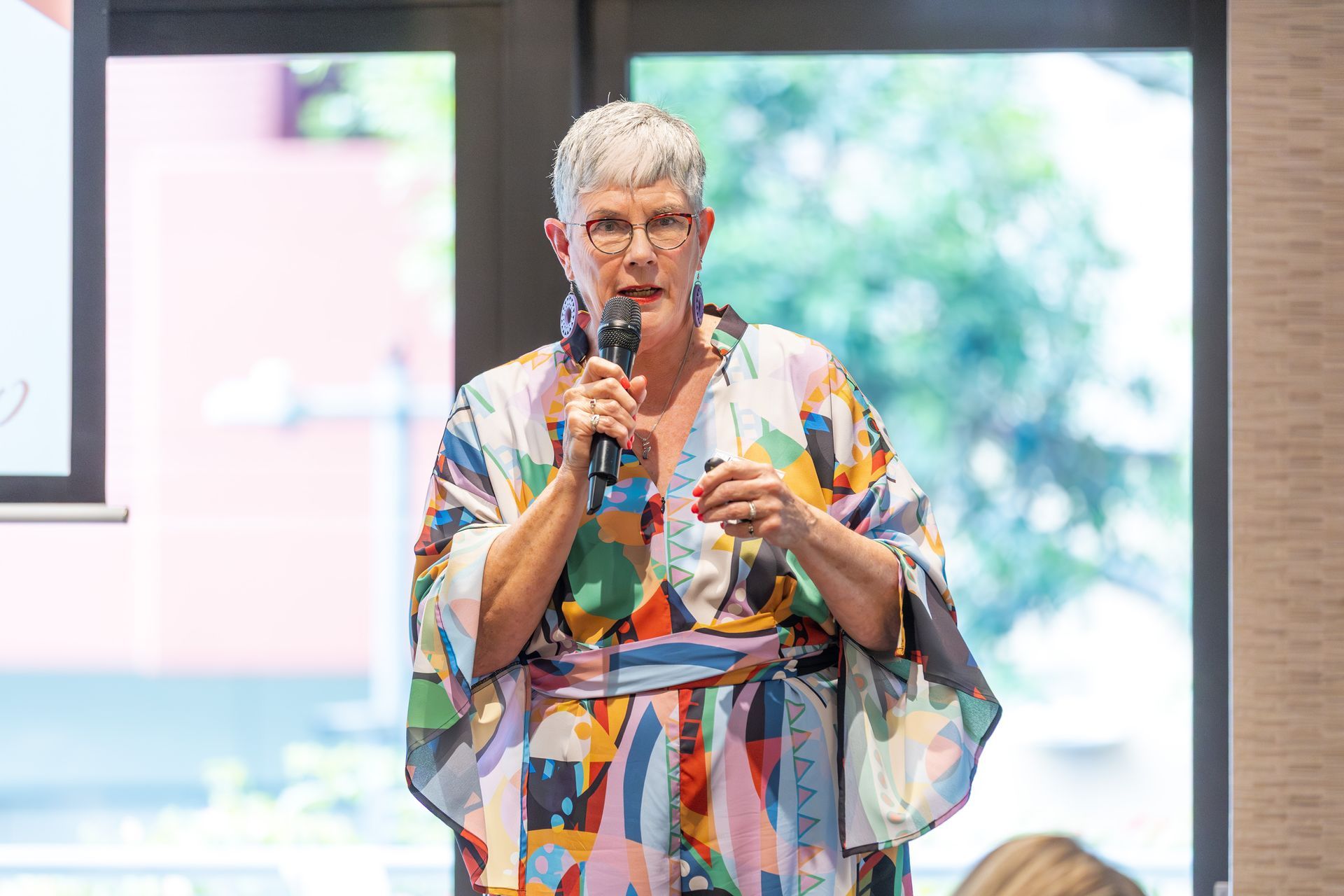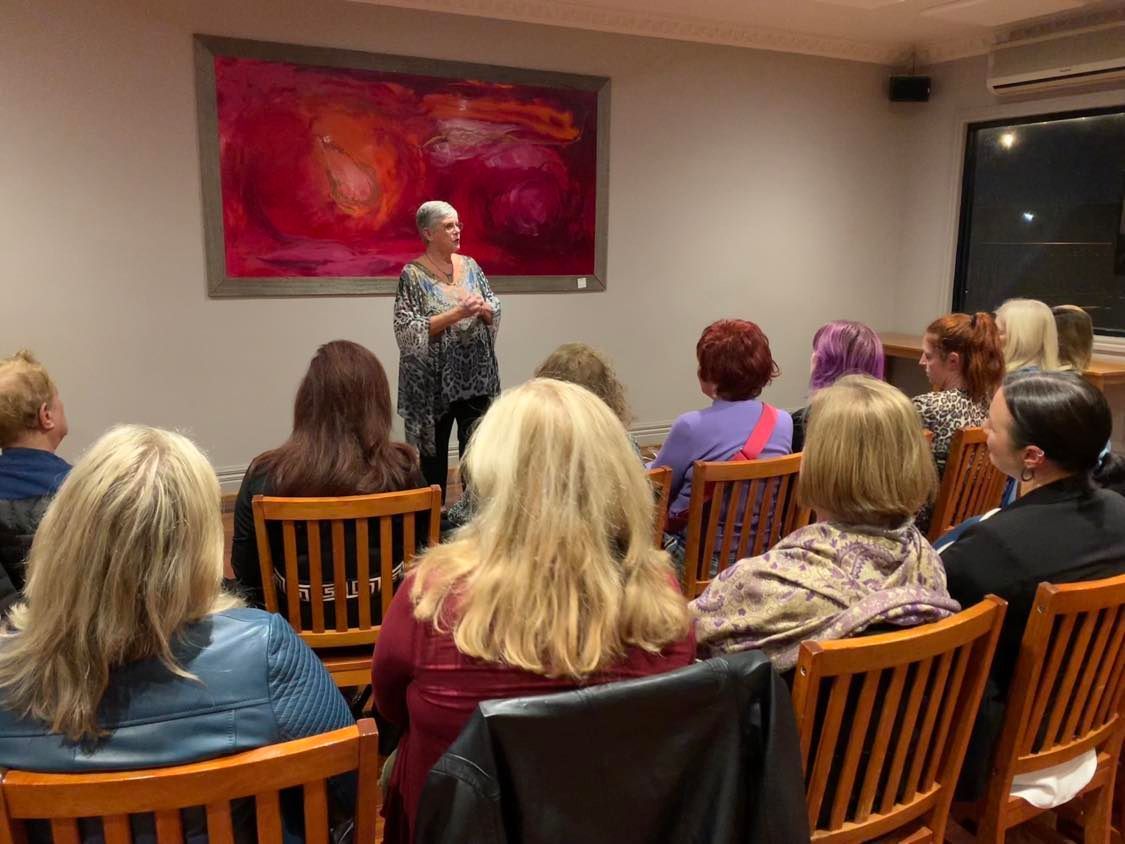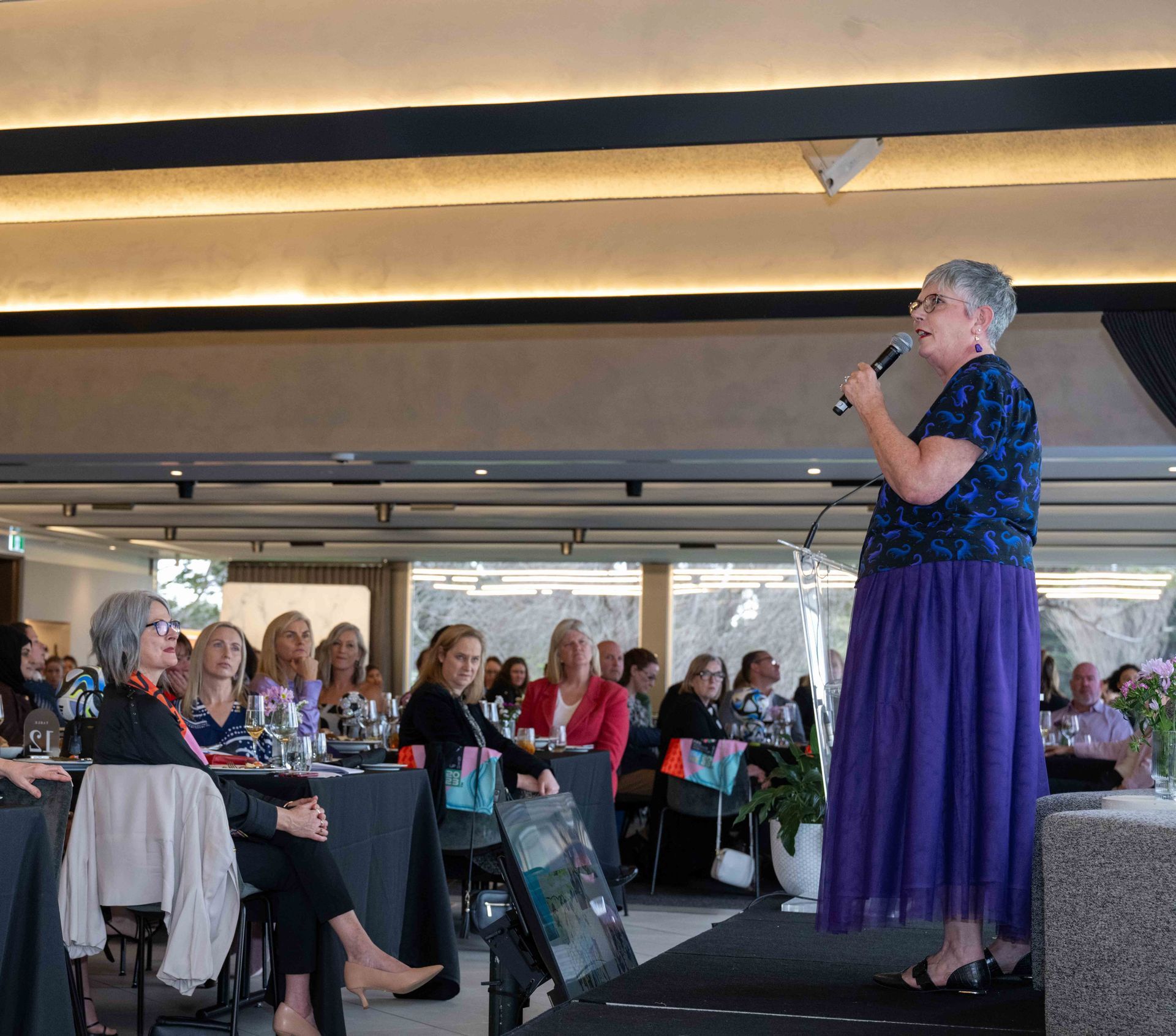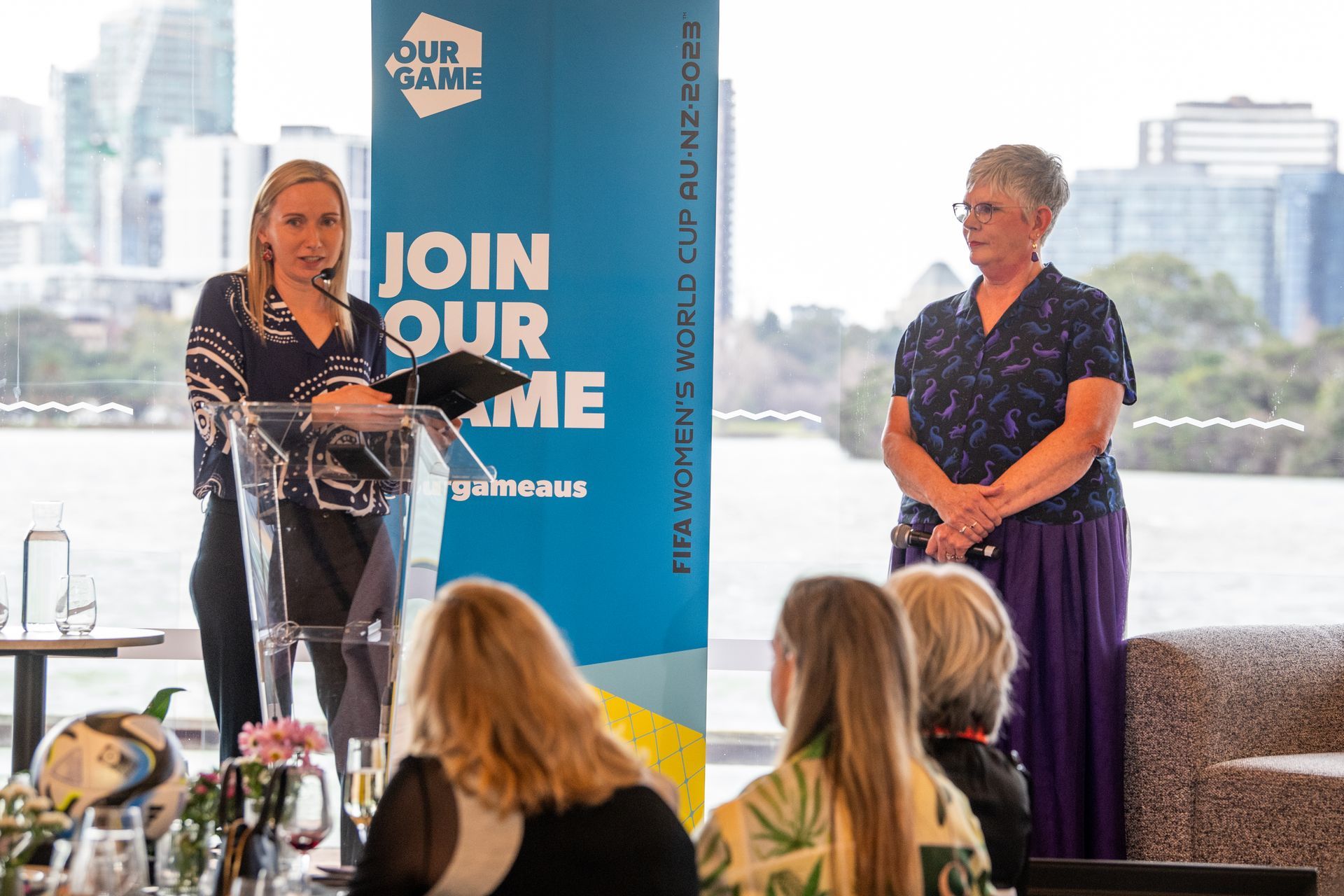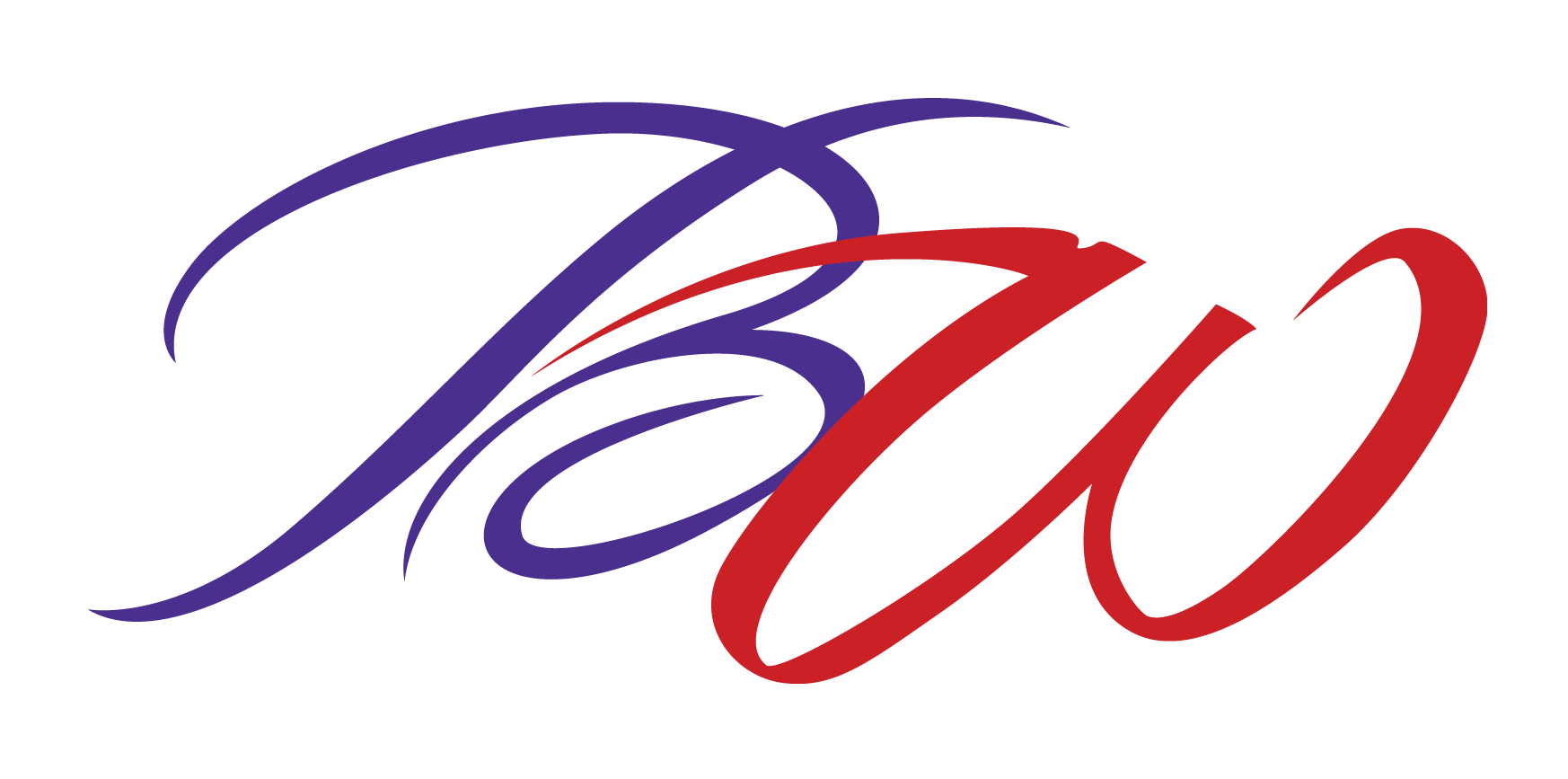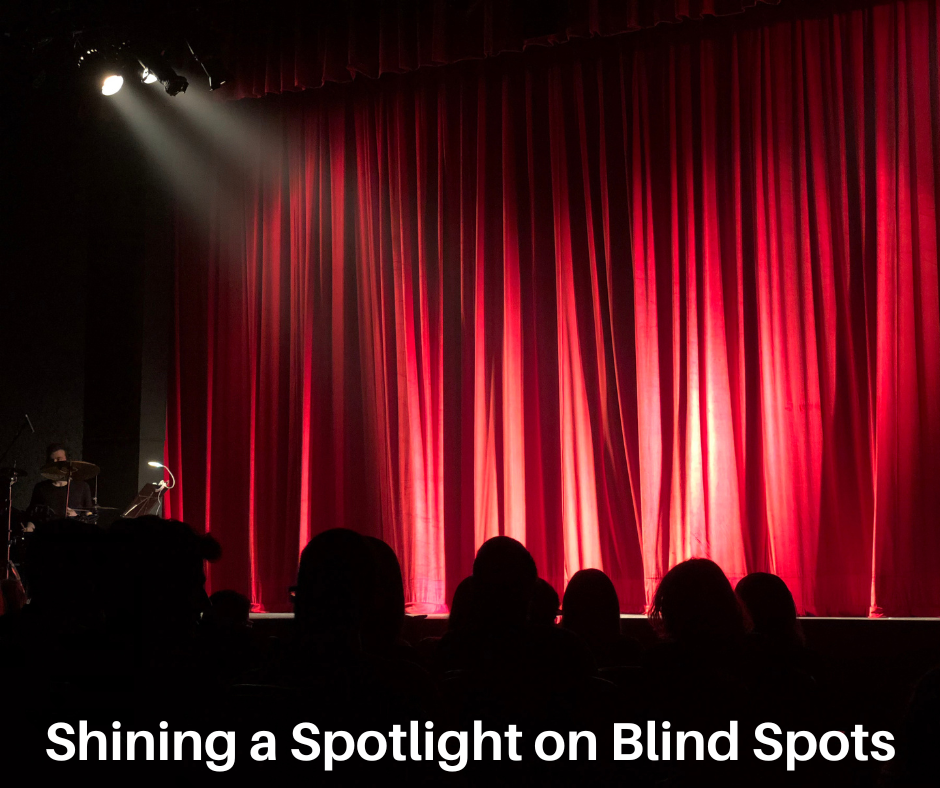
Bias hides in the places we least expect — in habits, systems, and stories we no longer question.
This keynote invites leaders to see with new eyes, to transform discomfort into clarity, and to use awareness as a quiet form of power that builds trust, inclusion, and innovation.
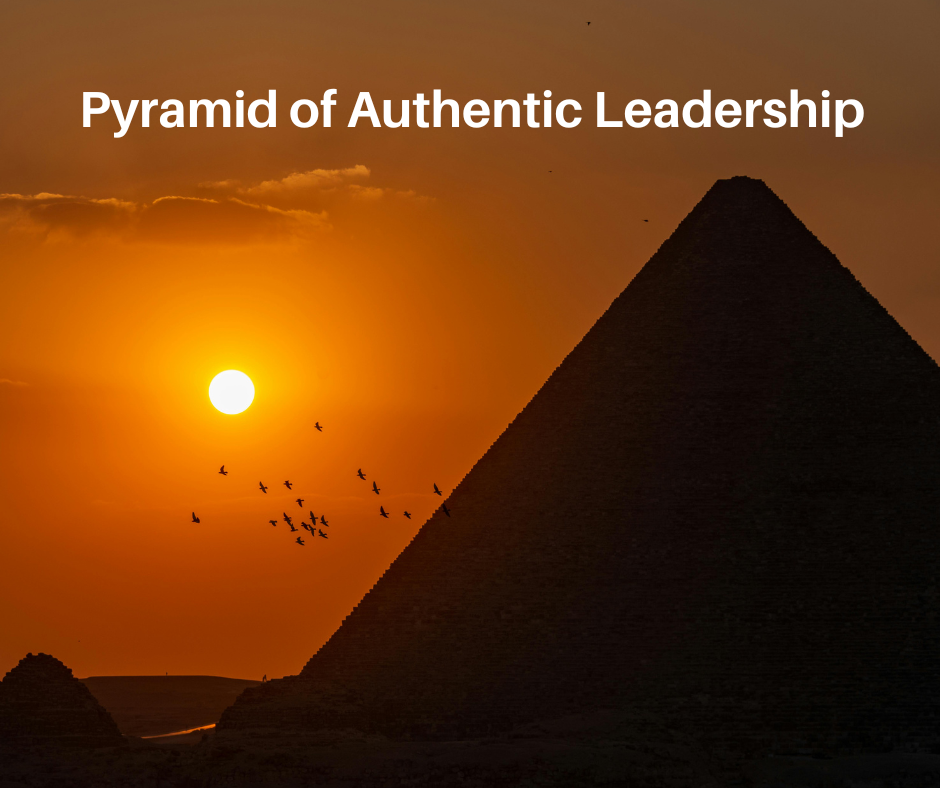
True leadership begins beneath the surface — in the stories, beliefs, and biases that quietly steer our choices.
This keynote guides leaders to see what drives them, to release what no longer serves, and to align their actions with their deepest values.
When authenticity becomes the foundation, influence flows naturally — grounded, clear, and human.

Every organisation hides unseen power — in the women and men who doubt their own brilliance.
This keynote reveals the patterns that keep potential veiled, offering a pathway to confidence, courage, and genuine influence.
When people lead from their true selves, trust deepens,
collaboration thrives, and cultures grow in strength and humanity.
Each of these keynotes explores a different facet of authentic, values-led leadership.
Shining a Spotlight on Blindspots reveals the unseen forces — bias, belief, and assumption — that shape decisions and culture. The Pyramid of Authentic Leadership takes audiences deeper, uncovering the inner drivers that influence identity and aligning them with purpose and integrity.
Superheroes in Disguise brings this awareness to life, empowering individuals and teams to lead with clarity, courage, and empathy, transforming insight into sustained cultural and performance growth.
Each keynote offers distinct value — awareness, alignment, or embodiment — and together they create a comprehensive model for sustainable leadership growth.

